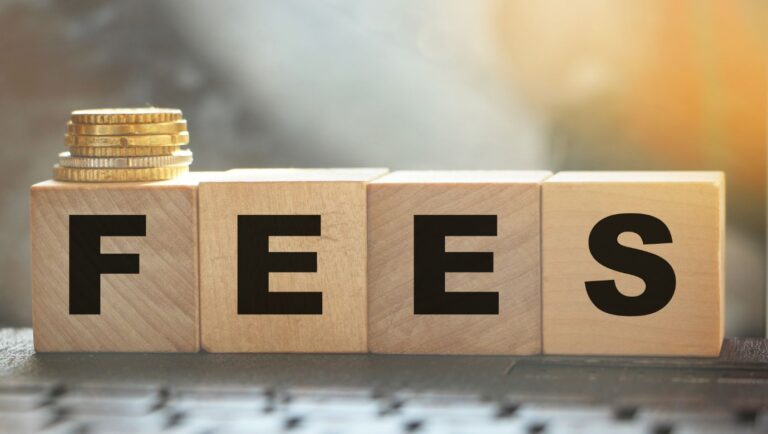Ethereum, the world’s largest smart contract platform, is expanding after years of improvements. However, it doesn’t scale the way most decentralization purists would like. The network seeks to accommodate all users, but currently primarily relies on off-chain solutions using rollup technology to process more transactions and reduce the load on the mainnet. .
Ethereum layer 2 boom
As a result, Layer 2 platforms have boomed. According to L2Beat, all of these off-chain solutions that extend Ethereum manage $37 billion worth of assets. The largest of these is Arbitrum, which manages more than $13 billion.
Despite the boom, the issue of decentralization remains. Arbitrum, Base, and other Layer 2s on top of Ethereum may be gaining traction, but most are still not decentralized.
Ethereum Layer 2 TVL |Source: L2Beat
For example, the failure of developers to release decentralized fault-tolerant systems and sequencers is a weakness in the broader Ethereum ecosystem.
According to public data, Arbitrum has a fault-tolerant system that allows Optimism to retreat after an audit reveals flaws. Every Layer 2 setup has a fault-tolerant system that ensures that transactions sent to the sequencer are valid, just as they are sent on mainnet.
From fault-proof, they are ordered and verified on mainnet before being batched. A fee is paid each time an Ethereum validator settles this series of transactions.
Ethereum price falls on daily chart | Source: ETHUSDT on Binance, TradingView
Should L2 purchase decentralization from mainnet validators?
The problem is that fees have fallen rapidly in recent months after Dencun’s activation. This trend suggests that low gas prices may discourage validators amidst the rapid growth of the Layer 2 ecosystem. While this is a concern, Token Terminal analysts believe this is about to change.
Their prediction is that all Ethereum layer 2s will eventually have to “buy” decentralization from mainnet validators. The good news is that there are plenty of options. According to Beaconcha.in, over 1 million validators secure the blockchain.
Mainnet Validator |Source: Beaconcha.in
Token Terminal claims that while you can choose to build one, creating a complex web of distributed networks of layer 2 validators is resource-intensive.
Therefore, it is feasible to purchase decentralization from a subset of Ethereum’s layer 1 validators. Once selected, these validators negotiate better rates than those offered by the network, significantly increasing their revenue.
At the same time, as the demand for layer 2 decentralized solutions increases, the stream of validators will also proliferate.
Featured image from Canva, chart from TradingView


